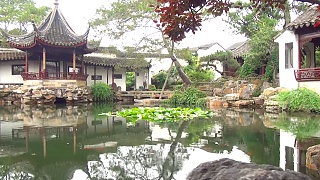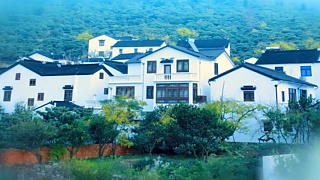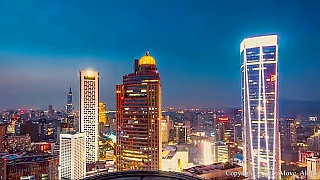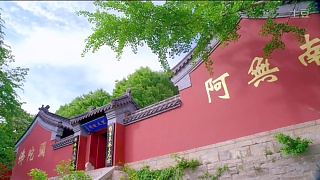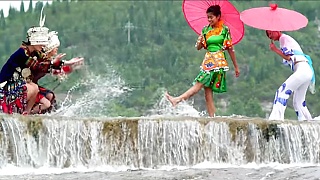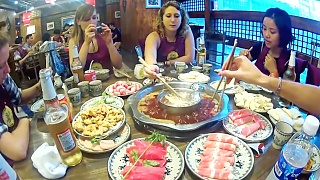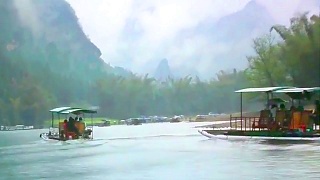SuQian is a city with a cultural history of 2,500 years. The earliest use of the name was in 762 A.D. during the Tang Dynasty.
The city is located on the North JiangSu Plain, with a highest elevation of 71 m over sea level and the lowest 2.8 m only. The elevation is gradually reduces along northwest to southeast. SuQian is abundant in water resources and the water surface area is close one third of its total land mass. There are two freshwater lakes in SuQian, Lake HongZe, which is one of the four largest freshwater lakes in China, and Lake LuoMa. Four rivers run through the city, including the the Grand Canal.
Agriculture, including aquatic produce, accounts for about 25% of the area's economy. The population is around 5 million.
Attractions include :
* LuoMa Lake Scenic Area: Situated in the northwest of the city, it covers a total area of 375 square kilometers (145 square miles), dotted by many natural scenic spots and historical sites.
* QianLong Temporary Palace: Named after the esteemed Qing dynasty emperor, this is a well-preserved building complex on the south bank of LuoMa Lake. It was first built around 1684.
* ZhangShan Forest Park: 7 kilometers (4.3 miles) north of the city, the park has a beautiful mix of mountain and water landscapes.
[640],shadow=true,start=,stop=
 Around SuQian 宿迁, JiangSu province
Around SuQian 宿迁, JiangSu province